Home>diy>Building & Construction>What Is A Plumb Bob In Construction
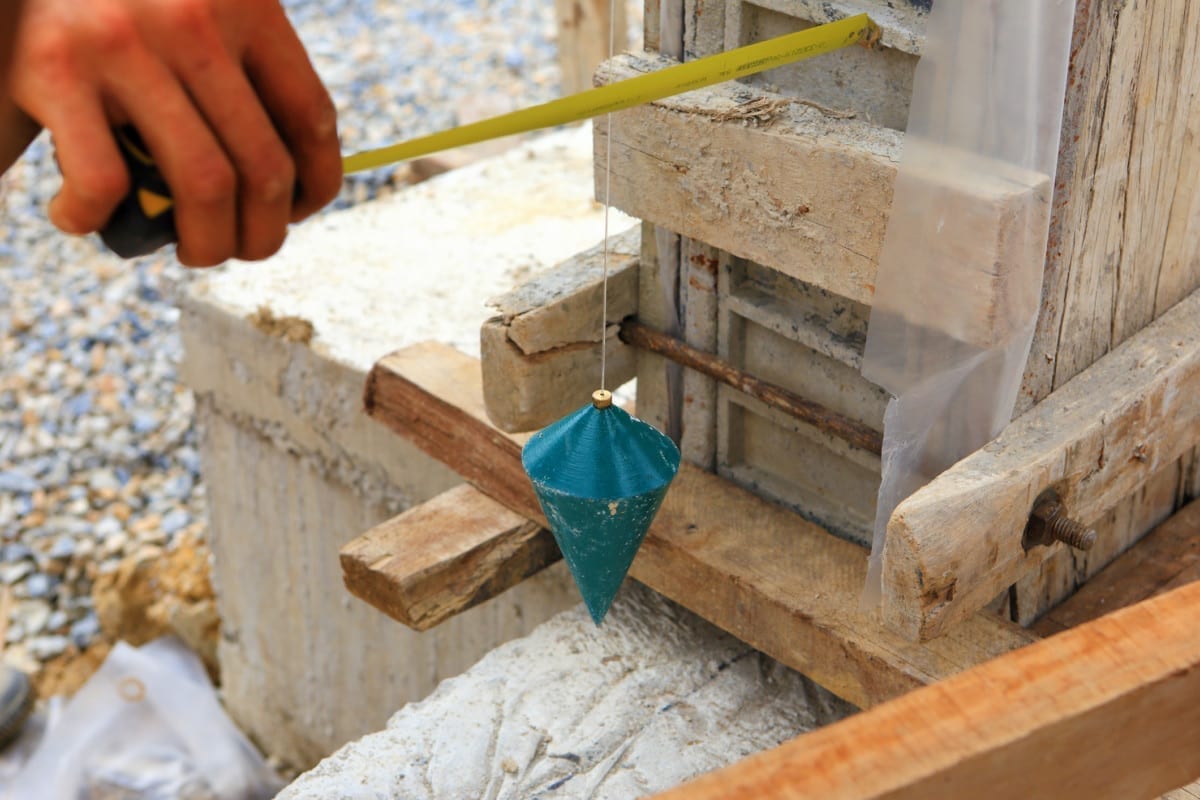

Building & Construction
What Is A Plumb Bob In Construction
Modified: October 21, 2024
Learn more about plumb bobs in construction and their importance in building-construction. Find out how plumb bobs ensure vertical alignment for accurate and precise construction.
(Many of the links in this article redirect to a specific reviewed product. Your purchase of these products through affiliate links helps to generate commission for Storables.com, at no extra cost. Learn more)
Introduction
When it comes to construction, precision and accuracy are of utmost importance. Every structure, from a small residential building to a towering skyscraper, needs to be built with meticulous attention to detail. One tool that plays a crucial role in achieving this level of precision is the plumb bob.
A plumb bob is a simple yet powerful device that has been used in construction for centuries. It consists of a weight attached to a string or line, typically made of nylon or steel. The weight, also known as a plumb bob, is usually a pointed metal object that hangs freely and is used to determine a true vertical line or plumb line.
The purpose of a plumb bob in construction is to ensure that the walls, columns, and other vertical structures are perfectly aligned and level. It is a fundamental tool that helps builders and architects maintain accuracy and integrity in their constructions.
In this article, we will explore how a plumb bob works, its various components, and its uses in the construction industry. We will also discuss the advantages and limitations of using a plumb bob, shedding light on why it continues to be an essential tool for construction professionals.
Key Takeaways:
- The Plumb Bob: Timeless Precision
The plumb bob’s simplicity, accuracy, and versatility make it an essential tool for establishing vertical alignment, ensuring structural integrity and aesthetic appeal in construction projects. - Overcoming Limitations with Tradition
Despite limitations such as sensitivity to external factors and limited reach, the cost-effective and user-friendly plumb bob remains a trusted tool, embodying precision and craftsmanship in construction.
Read more: What Is A Plumb Bob
Definition of a Plumb Bob
A plumb bob is a simple and effective tool used in construction to establish a true vertical line or plumb line. It consists of a weight, often made of brass or steel, that is attached to the end of a string or line. The weight is typically pointed at the bottom to ensure accurate alignment.
The word “plumb” in plumb bob refers to the vertical alignment of an object. Its origin can be traced back to the Latin word “plumbum,” which means lead. In ancient times, lead was commonly used as the weight for plumb bobs, hence the name and its association with determining verticality.
Plumb bobs come in various sizes and shapes, but the most common design is a cylindrical weight with a pointed tip. The weight is often engraved with markings that make it easier to measure the deviation from the vertical alignment. The string or line that connects the weight to the top is known as the “plumb line.”
This simple yet powerful tool is versatile and can be used in various construction applications. From simple DIY projects to large-scale building constructions, a plumb bob is an essential tool for ensuring the vertical alignment and accuracy of structures.
Purpose of a Plumb Bob in Construction
The primary purpose of a plumb bob in construction is to establish and maintain vertical alignment. It ensures that walls, columns, and other vertical structures are perfectly straight and true. By using a plumb bob, builders can achieve precise verticality, which is crucial for the structural integrity and aesthetics of a building.
How Does a Plumb Bob Work?
A plumb bob works on the principle of gravity. When the weight of the plumb bob is suspended from a string or line, it naturally aligns itself with the gravitational force, which is directly downward. This allows the weight to hang straight down, creating a true vertical line.
The key to the accuracy of a plumb bob lies in its ability to eliminate any external forces or influences that could cause it to deviate from the vertical line. The weight at the end of the string acts as a plumb line, providing a reliable reference point for determining the alignment of walls or structures.
During construction, the plumb bob is typically attached to the top of a vertical surface or structure, and the string is allowed to hang freely. By observing the position of the plumb bob and taking measurements, builders can determine if the structure is vertically aligned or if adjustments are needed.
Plumb bobs can be used individually or in conjunction with other tools, such as a plumb bob level, which incorporates a spirit level to provide additional accuracy. This ensures that the vertical alignment is not only precise but also level.
In addition to its primary function of establishing vertical alignment, a plumb bob can also be used to find a true vertical line in situations where a conventional leveling tool may not be suitable, such as on uneven ground or in cramped spaces.
Principle of Operation
The principle of operation behind a plumb bob is based on the fundamental force of gravity. Gravity always pulls objects towards the center of the Earth, creating a vertical alignment. A plumb bob takes advantage of this force to establish a true vertical line or plumb line.
When a plumb bob is suspended from a string or line, the weight at the end naturally aligns itself with the force of gravity. This means that it points directly downward, creating a vertical reference line. The plumb bob hangs freely, unaffected by external forces, allowing it to accurately determine vertical alignment.
The key factor in the success of a plumb bob is its ability to eliminate any internal factors that could affect its alignment. To ensure accuracy, the weight of the plumb bob must be evenly distributed and free from any asymmetry. Any irregularities or imbalances in the weight could cause it to sway or deviate from the true vertical line.
Furthermore, the string or line to which the plumb bob is attached should also be free from any knots, kinks, or obstacles that could alter the straight downward path of the weight. This ensures that no external forces are acting on the plumb bob and affecting its alignment.
By observing the position of the plumb bob, construction professionals can determine any deviations from the vertical alignment and make necessary adjustments. The distance between the plumb bob and the structure being measured can be measured and compared at different points, providing valuable information about the alignment of the structure.
In some cases, additional tools, such as a plumb bob level or a reference surface, may be used in conjunction with the plumb bob to improve accuracy. These tools provide a more refined measurement, taking into account both the vertical alignment and the levelness of a surface.
Overall, the principle of operation of a plumb bob is elegantly simple. By utilizing the force of gravity and minimizing external influences, it provides a reliable method for establishing true vertical alignment in construction projects.
Components of a Plumb Bob
A plumb bob consists of several essential components that work together to ensure accurate vertical alignment. Understanding these components is crucial for using a plumb bob effectively in construction projects.
1. Weight: The weight is the central component of a plumb bob. It is typically made of brass or steel and is designed to provide stability and durability. The weight is often cylindrical in shape, with a pointed tip to ensure precise alignment. Some plumb bobs may also have engraved markings to facilitate measurements and adjustments.
2. String or Line: The string or line is used to suspend the weight of the plumb bob. It is usually made of nylon or steel for strength and durability. The length of the string can vary, depending on the specific application. It is important to ensure that the string is free from any knots or tangles, as these could interfere with the smooth movement of the plumb bob.
3. Attachment Point: The attachment point is the part of the plumb bob where the string or line is secured. It is typically located at the top of the weight and is designed to hold the string securely in place. The attachment point should be reliable and capable of withstanding the weight of the plumb bob without compromising its stability.
4. Hook or Ring: Some plumb bobs come with a hook or ring at the top of the weight, making it easier to attach the string or line. This feature allows for quick and secure attachment, ensuring that the plumb bob hangs freely and maintains accurate alignment.
5. Protective Cap or Cover: To protect the weight and ensure its longevity, some plumb bobs come with a protective cap or cover. This component shields the pointed tip of the weight from damage during transportation or storage. It also prevents the weight from scratching or damaging surfaces when in use.
These components work together to create a functional and reliable tool for establishing vertical alignment. It is important for construction professionals to ensure that each component is in good condition and properly assembled to achieve accurate and consistent results.
Read more: What Is A Plumb Bob Tool Used For?
Types of Plumb Bobs
Plumb bobs come in various designs and styles to suit different construction needs. Here are some common types of plumb bobs:
1. Traditional Plumb Bob: This is the most basic and commonly used type of plumb bob. It consists of a pointed weight attached to a string or line. Traditional plumb bobs are versatile and suitable for a wide range of construction applications.
2. Automatic Plumb Bob: An automatic plumb bob incorporates a mechanism that enables the weight to retract into the body when not in use. This feature protects the tip of the weight from damage and makes storage and transportation more convenient.
3. Magnetic Plumb Bob: Magnetic plumb bobs are equipped with a magnet at the tip of the weight. This allows the plumb bob to attach to metallic surfaces, eliminating the need for additional supports or hands to hold it in place. Magnetic plumb bobs are particularly useful when working on steel structures or surfaces.
4. Laser Plumb Bob: Laser plumb bobs are more advanced and utilize laser technology to project a precise vertical beam. This eliminates the need for a physical weight and string, providing a visual reference for vertical alignment. Laser plumb bobs are highly accurate and preferred for precise construction work.
5. Pendulum Plumb Bob: Pendulum plumb bobs feature a weighted pendulum instead of a traditional pointed weight. When the pendulum comes to rest, it indicates vertical alignment. Pendulum plumb bobs are often used in situations where the weight needs to be stabilized, such as in windy conditions.
Uses of Plumb Bob in Construction
The plumb bob is an essential tool in the construction industry, serving a variety of purposes. Here are some common uses of a plumb bob:
1. Determining Vertical Alignment: The primary use of a plumb bob is to establish and maintain vertical alignment in construction. It helps ensure that walls, columns, and other vertical structures are perfectly straight and true. By observing the position of the plumb bob, builders can identify any deviations from verticality and make necessary adjustments.
2. Checking for Plumblines: Plumb bobs are used to create plumblines, which are vertical reference lines for various construction tasks. Plumblines are essential for aligning doors, windows, and other fixtures to ensure they are vertically straight.
3. Setting Out Right Angles: Plumb bobs can be used in conjunction with other tools, such as a measuring tape or string, to establish right angles or perpendicular lines. By marking the position of the plumb bob at specific points, builders can create accurate right angles for framing or layout tasks.
4. Ensuring Levelness: In addition to establishing vertical alignment, a plumb bob can also be used to check for levelness. By comparing the position of the plumb bob at different heights, builders can determine if a surface or structure is level or if adjustments are required.
5. Checking for Structural Stability: Plumb bobs can also be used to check the stability of vertical structures. If the plumb bob does not hang straight down, it could indicate structural issues or improper installation. By identifying these deviations, necessary measures can be taken to ensure the stability and safety of the construction.
The uses of a plumb bob in construction are extensive, making it an invaluable tool for builders, architects, and other professionals in the industry. Its simplicity and reliability have stood the test of time, making it a trusted companion in construction projects of all scales.
When using a plumb bob in construction, make sure it hangs freely to ensure accurate vertical alignment. Also, be cautious of wind or air movement that could affect its accuracy.
Determining Vertical Alignment
One of the primary uses of a plumb bob in construction is to establish and maintain vertical alignment. Ensuring that walls, columns, and other vertical structures are perfectly straight and true is crucial for the structural integrity and aesthetics of a building. A plumb bob is a reliable tool for accurately determining vertical alignment.
Using a plumb bob to determine vertical alignment is a straightforward process. The plumb bob is attached to the top of the vertical surface or structure, and the string or line is allowed to hang freely. The weight at the end of the string naturally aligns itself with the force of gravity, creating a true vertical line.
To determine if a structure is vertically aligned, construction professionals observe the position of the plumb bob and compare it to reference points. By examining the deviation of the plumb bob from the reference points, builders can identify any inconsistencies or misalignments.
One way to use a plumb bob for vertical alignment is by measuring the distance between the plumb bob and the structure at various points. By taking measurements at regular intervals, builders can ensure that the structure is uniformly aligned vertically. Any significant variations in the measurements may indicate the need for adjustments or corrections.
Plumb bobs can also be used to establish vertical alignment when installing doors, windows, or other fixtures. By aligning the plumb bob with the edges or corners of the structure and ensuring that it hangs straight, builders can ensure that the fixtures are vertically straight and properly aligned.
In addition to measuring vertical alignment, plumb bobs can also be used to create plumblines. Plumblines are vertical reference lines that can be marked on walls or surfaces for various construction tasks. By using a plumb bob to establish the plumblines, builders can ensure the accuracy and precision of their measurements and installations.
Overall, determining vertical alignment is a crucial step in construction, and a plumb bob is a versatile tool that aids in achieving this accuracy. By utilizing the natural force of gravity to create a true vertical line, construction professionals can ensure that their structures are upright, stable, and visually appealing.
Checking for Plumblines
Plumb bobs are commonly used in construction to create and check plumblines. A plumblines is a vertical reference line that aids in aligning various fixtures and elements within a structure. By using a plumb bob, construction professionals can ensure that doors, windows, partitions, and other components are perfectly vertical.
To check for plumblines, a plumb bob is attached to a string or line and allowed to hang freely. The weight at the end of the string aligns itself with the force of gravity, creating a precise vertical line.
When aligning a fixture or element to a plumblines, the construction professional can place the plumb bob near the fixture and observe its alignment. If the plumb bob hangs directly over a reference point, such as the corner or edge of the fixture, it confirms that the fixture is vertically aligned with the plumblines.
Plumblines are especially crucial for installing doors and windows. By using a plumb bob to create a vertical reference line alongside the edges of the opening, installers can ensure that the door or window frame is perfectly vertical. This ensures that the door or window operates smoothly and effectively without any binding or misalignment.
Plumblines are also used when constructing partitions or walls within a building. By establishing plumblines at specific intervals, builders can ensure that the walls are vertical and perpendicular to the floor and ceiling. This contributes to the overall stability and structural integrity of the building.
In addition, plumblines can be used to align other elements, such as light fixtures or shelves, to ensure that they are vertically straight. By utilizing a plumb bob to establish plumblines, construction professionals can achieve a consistent and aesthetically pleasing look throughout the entire space.
Checking for plumblines with a plumb bob is a straightforward and reliable process. It provides a visual reference point that ensures the alignment and verticality of various fixtures and elements within a structure. By using a plumb bob to create and verify plumblines, construction professionals can achieve a level of precision and accuracy that is essential in quality construction work.
Read more: What Is A Plumb Bob Used For In Surveying
Setting Out Right Angles
In addition to determining vertical alignment, a plumb bob is also useful for setting out right angles in construction. Right angles are essential for ensuring perpendicularity and accuracy in various building elements, such as walls, corners, and framing.
To set out a right angle using a plumb bob, construction professionals typically use a string or line along with the plumb bob. They start by establishing a reference point, often marking a spot on the ground or a nearby surface. From this reference point, they extend the string or line in one direction, ensuring it is taut.
Next, they attach the plumb bob to the end of the string or line and allow it to hang freely. By observing the alignment of the plumb bob, they can determine the vertical line. Then, they use the plumb bob and string to create a second line perpendicular to the first, forming a right angle.
This method of setting out right angles with a plumb bob is particularly useful in situations where traditional measurement tools like a framing square or a laser level may not be practical or accessible.
By establishing right angles accurately, construction professionals can ensure that walls are perpendicular, corners are square, and framing is aligned properly. This contributes to the structural stability and overall quality of the construction project.
Advantages and Limitations of Plumb Bob
Using a plumb bob in construction offers several key advantages:
1. Simplicity: Plumb bobs are simple tools that require minimal setup and operation. They do not rely on batteries or intricate mechanisms, making them reliable and easy to use.
2. Cost-Effective: Plumb bobs are relatively inexpensive compared to more advanced measuring tools. They provide accurate vertical alignment and right angles at a fraction of the cost.
3. Versatility: Plumb bobs can be used in various construction applications, from small DIY projects to large-scale building constructions. They are suitable for establishing vertical alignment, checking plumblines, and setting out right angles.
However, there are a few limitations to consider when using a plumb bob:
1. Sensitivity to External Factors: Plumb bobs can be affected by external factors such as wind or vibrations. These factors can cause the weight to sway and result in inaccurate readings. It is important to ensure a stable environment when using a plumb bob.
2. Limited Reach: Plumb bobs have a limited reach due to the length of the string or line. They may not be suitable for measuring or aligning structures that are at great heights or distances.
3. Potential Measurement Errors: Human error can introduce small measurement errors when observing and marking the position of the plumb bob. Care must be taken to ensure accurate readings and proper alignment.
Despite these limitations, plumb bobs remain a valuable and popular tool in construction due to their simplicity, versatility, and cost-effectiveness. When used correctly and within their limitations, plumb bobs provide reliable and accurate measurements for vertical alignment and right angle setting in construction projects.
Benefits of Using a Plumb Bob
Using a plumb bob in construction offers several benefits that contribute to the accuracy, efficiency, and quality of the building process. Here are some key advantages of using a plumb bob:
1. Accuracy: Plumb bobs provide a reliable and precise method for establishing vertical alignment. By utilizing gravity as a reference, plumb bobs can ensure that walls, columns, and other vertical structures are perfectly straight and true. This accuracy is essential for maintaining the structural integrity and aesthetic appeal of a building.
2. Simplicity: Plumb bobs are simple tools that are easy to use and understand. They do not rely on complex mechanisms or batteries, making them highly accessible to construction professionals of all skill levels. With minimal setup and operation, plumb bobs can quickly and effectively establish vertical alignment, making them a convenient tool in construction projects.
3. Versatility: Plumb bobs can be used in various construction applications. Whether it is determining vertical alignment, checking plumblines, or setting out right angles, plumb bobs provide a versatile solution. They can be used in a wide range of construction projects, from small DIY tasks to large-scale building constructions.
4. Cost-Effectiveness: Plumb bobs are relatively inexpensive compared to other measuring tools. They offer an affordable solution for achieving accurate vertical alignment and ensuring perpendicularity. Construction professionals can rely on the simplicity and effectiveness of a plumb bob without breaking the bank.
5. Size and Portability: Plumb bobs are compact and lightweight, making them easily portable. They can be carried in a tool belt or pocket, allowing construction professionals to have them readily available whenever needed. Their small size also enables them to be used in tight or confined spaces where larger tools may not be practical.
6. Visual Confirmation: Plumb bobs provide a visual confirmation of vertical alignment. By observing the position of the weight, construction professionals can physically see whether structures are in alignment or if adjustments are required. This allows for immediate feedback and adjustments, reducing the chances of costly errors or rework.
In summary, the benefits of using a plumb bob in construction include accuracy, simplicity, versatility, cost-effectiveness, and portability. Construction professionals can rely on plumb bobs to establish vertical alignment with confidence, ensuring that their structures are level, stable, and visually appealing.
Drawbacks of Using a Plumb Bob
While plumb bobs offer numerous benefits in construction, there are a few drawbacks to consider. These limitations should be taken into account when using a plumb bob in order to mitigate any potential issues:
1. Sensitivity to External Factors: Plumb bobs can be affected by external factors such as wind, vibrations, or movement. These influences can cause the weight to sway or deviate from the true vertical line, resulting in inaccurate readings. To minimize this drawback, it is important to work in a stable environment and take precautions to minimize any disturbances or interference.
2. Limited Reach: Plumb bobs have a limited reach due to the length of the string or line. They may not be suitable for measuring or aligning structures that are at great heights or distances. In such cases, alternative tools like laser levels or digital inclinometers may be more appropriate.
3. Measurement Errors: Human error can introduce small measurement errors when observing and marking the position of the plumb bob. Care must be taken to ensure accurate readings and proper alignment. Taking multiple measurements and cross-checking with other tools can help mitigate the risk of measurement errors.
4. Time Consumption: Using a plumb bob for precise alignment can be time-consuming compared to more advanced measuring tools. The process of setting up the plumb bob, observing, measuring, and adjusting may take longer compared to using modern laser or digital leveling instruments. However, for many construction professionals, the accuracy and reliability of a plumb bob justify the extra time investment.
Despite these drawbacks, plumb bobs remain a valuable and widely used tool in construction due to their simplicity, versatility, and cost-effectiveness. While they may have limitations, construction professionals can take steps to overcome these challenges and maximize the benefits of using a plumb bob.
Read more: What Is A Brass Plumb Bob Used For
Conclusion
The plumb bob is a timeless tool that has played a vital role in construction for centuries. Its simplicity, accuracy, and versatility make it an essential asset, allowing construction professionals to establish vertical alignment, check plumblines, and set out right angles with confidence.
While plumb bobs have some limitations, such as sensitivity to external factors and limited reach, their benefits far outweigh these drawbacks. They offer a cost-effective and user-friendly solution for ensuring the structural integrity and aesthetic appeal of buildings.
As construction technology continues to advance, plumb bobs remain a trusted tool that embodies the essence of precision and craftsmanship in the industry. Whether used in large-scale building projects or small DIY tasks, the plumb bob remains an invaluable tool in the hands of construction professionals, helping them achieve accurate and reliable vertical alignment.
So, the next time you embark on a construction project, consider the humble plumb bob. With its timeless simplicity and dependable functionality, it will continue to guide builders towards level and stable structures for years to come.
Frequently Asked Questions about What Is A Plumb Bob In Construction
Was this page helpful?
At Storables.com, we guarantee accurate and reliable information. Our content, validated by Expert Board Contributors, is crafted following stringent Editorial Policies. We're committed to providing you with well-researched, expert-backed insights for all your informational needs.

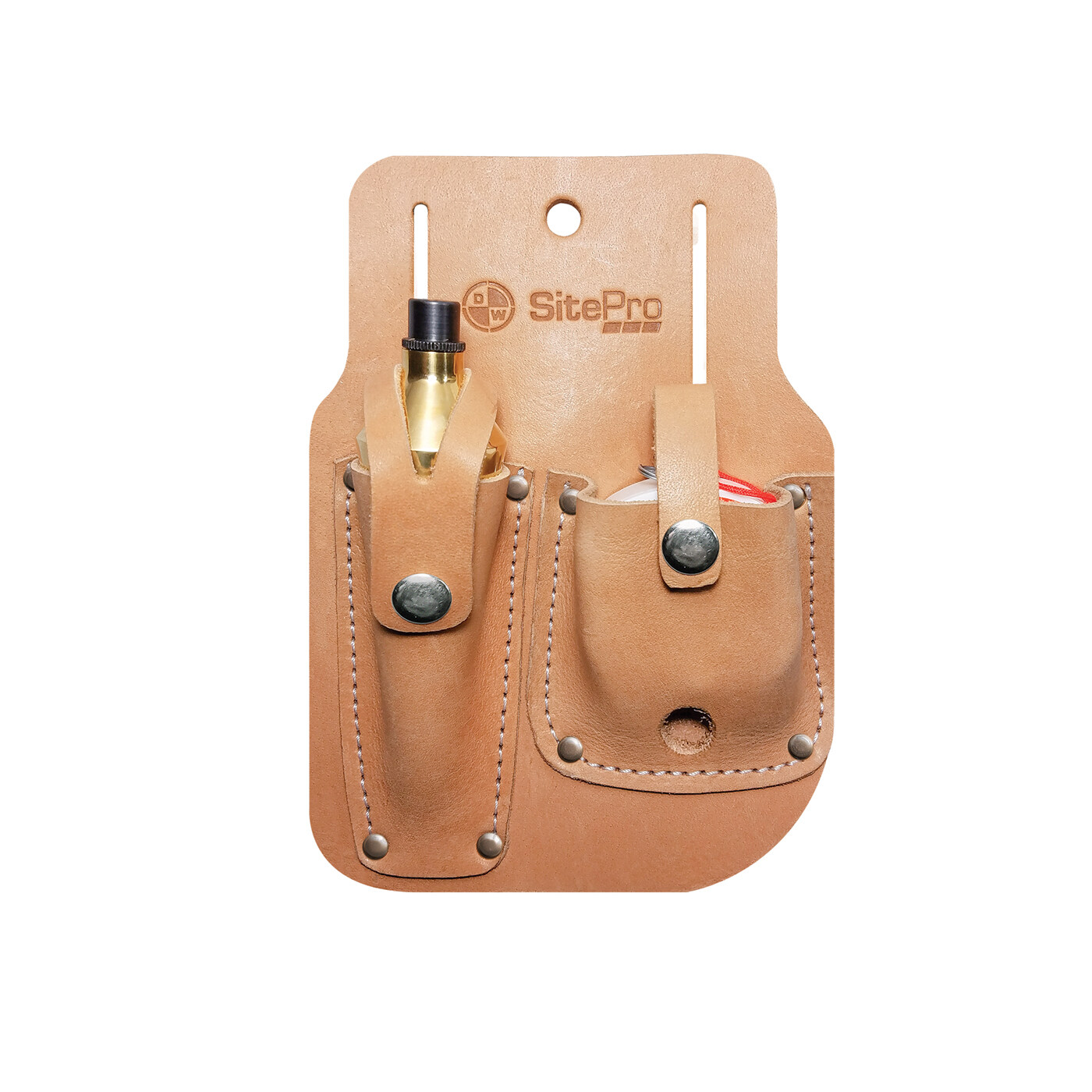

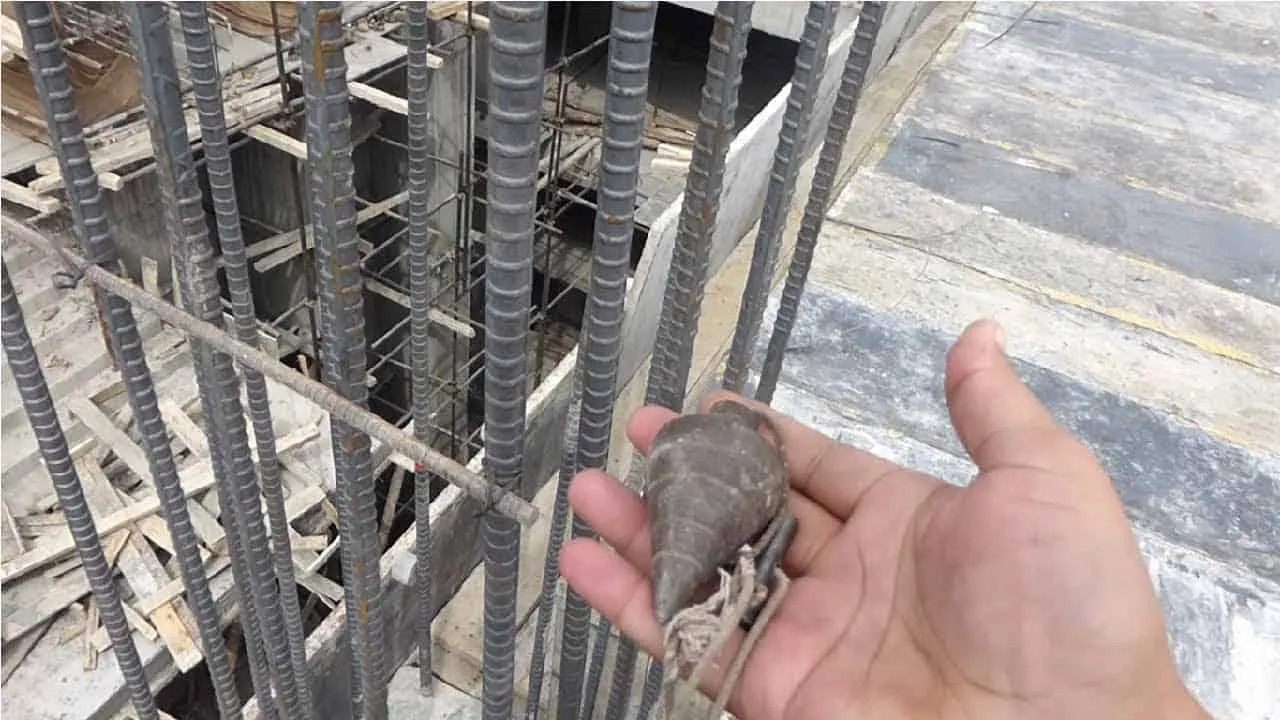

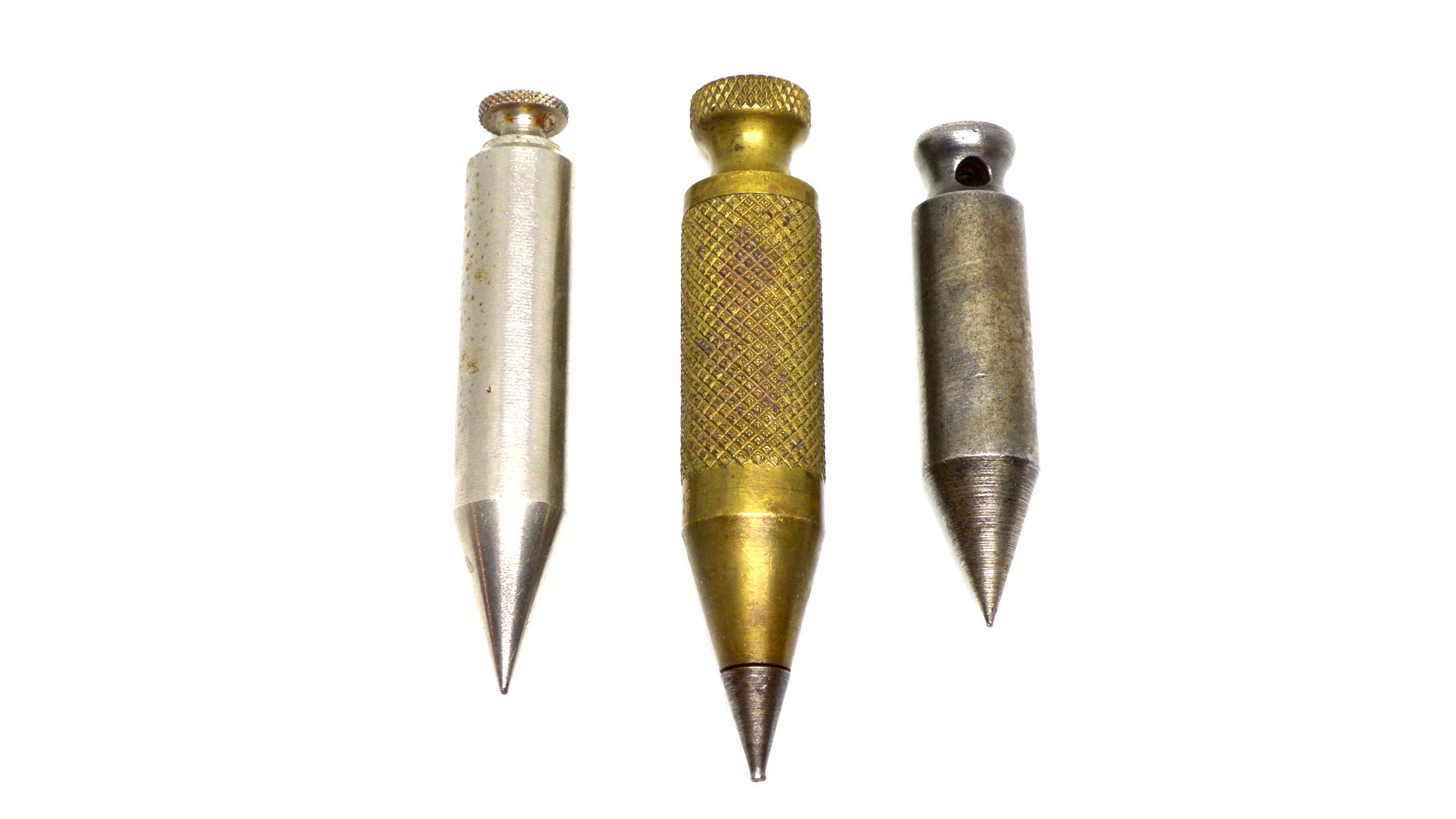
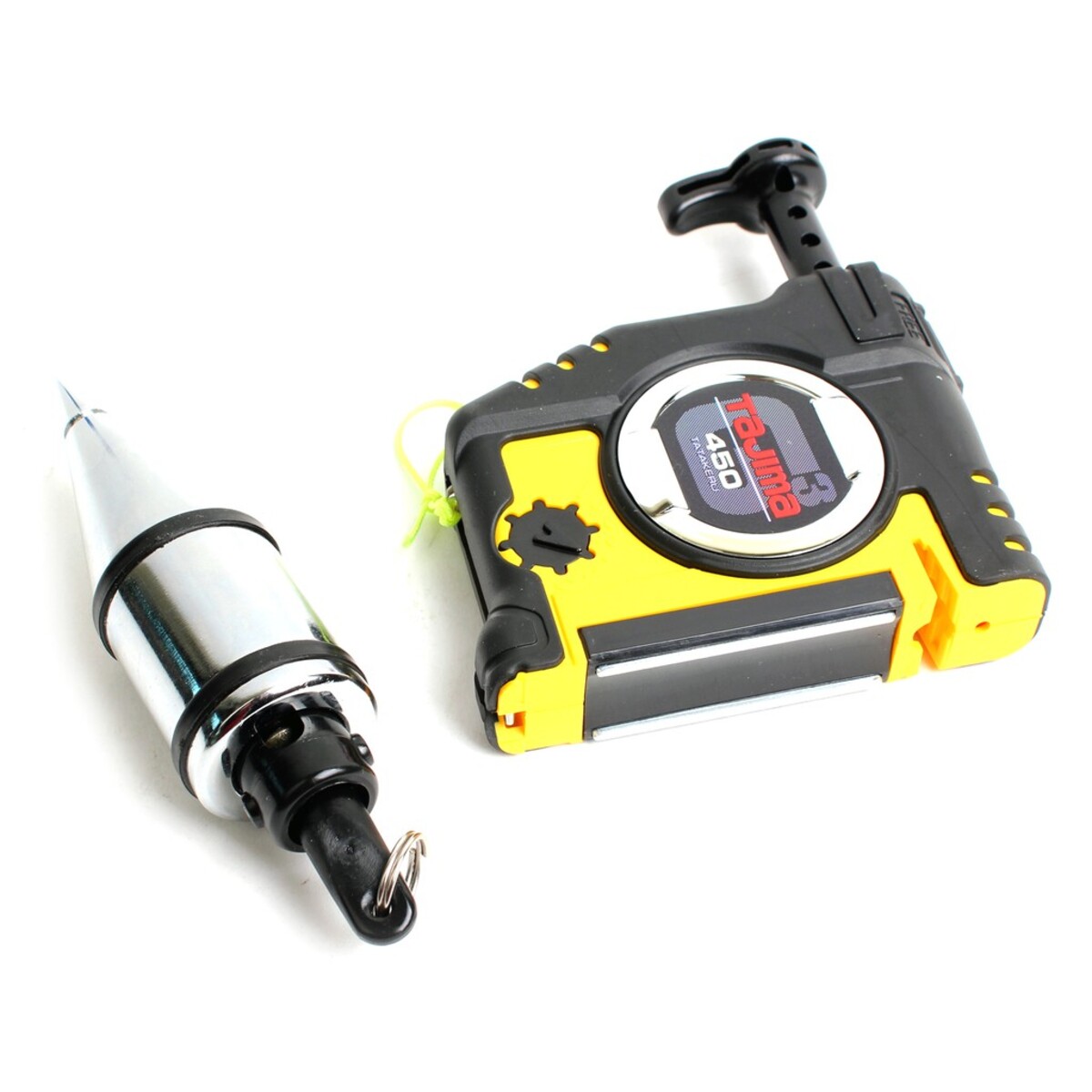
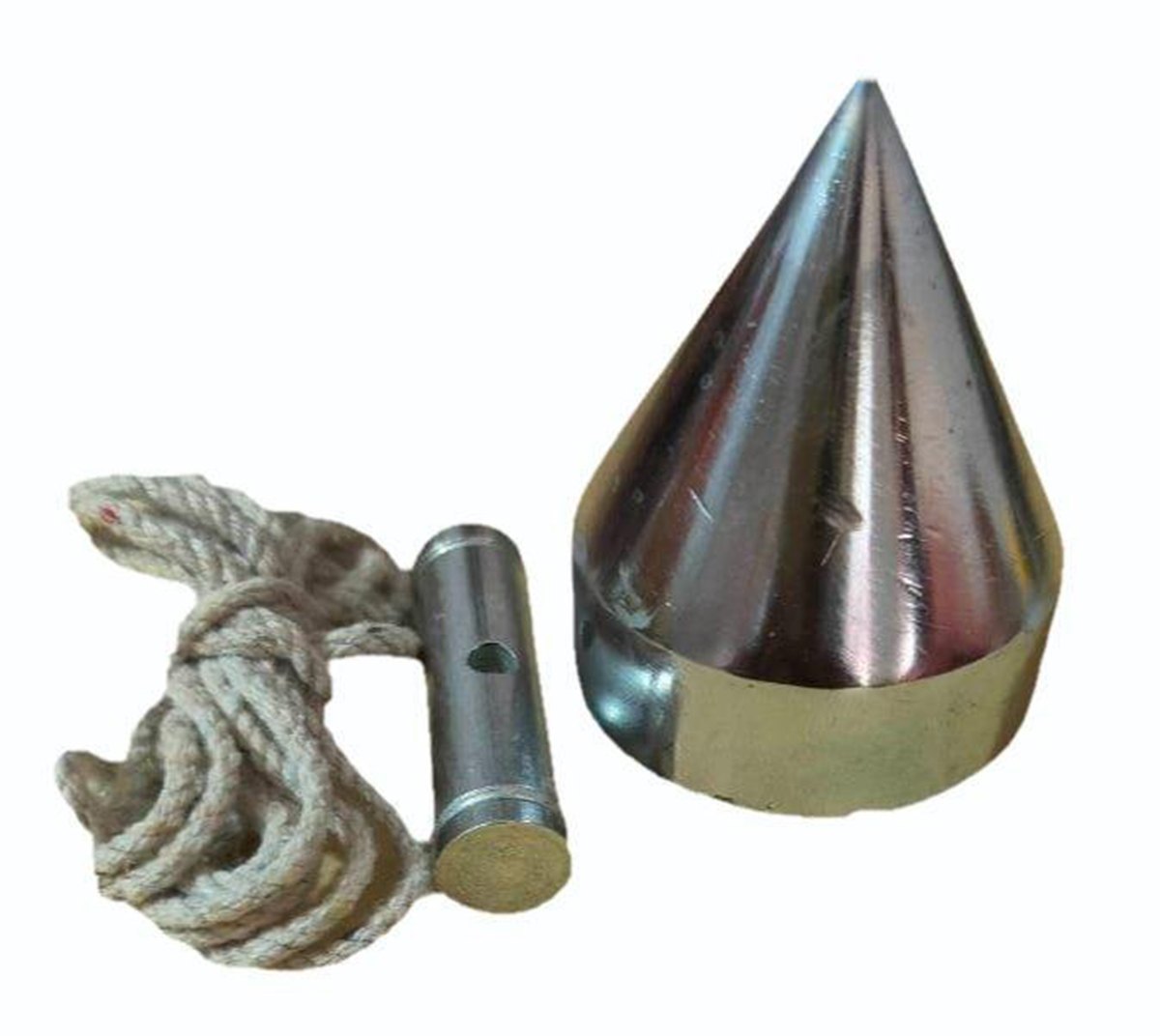
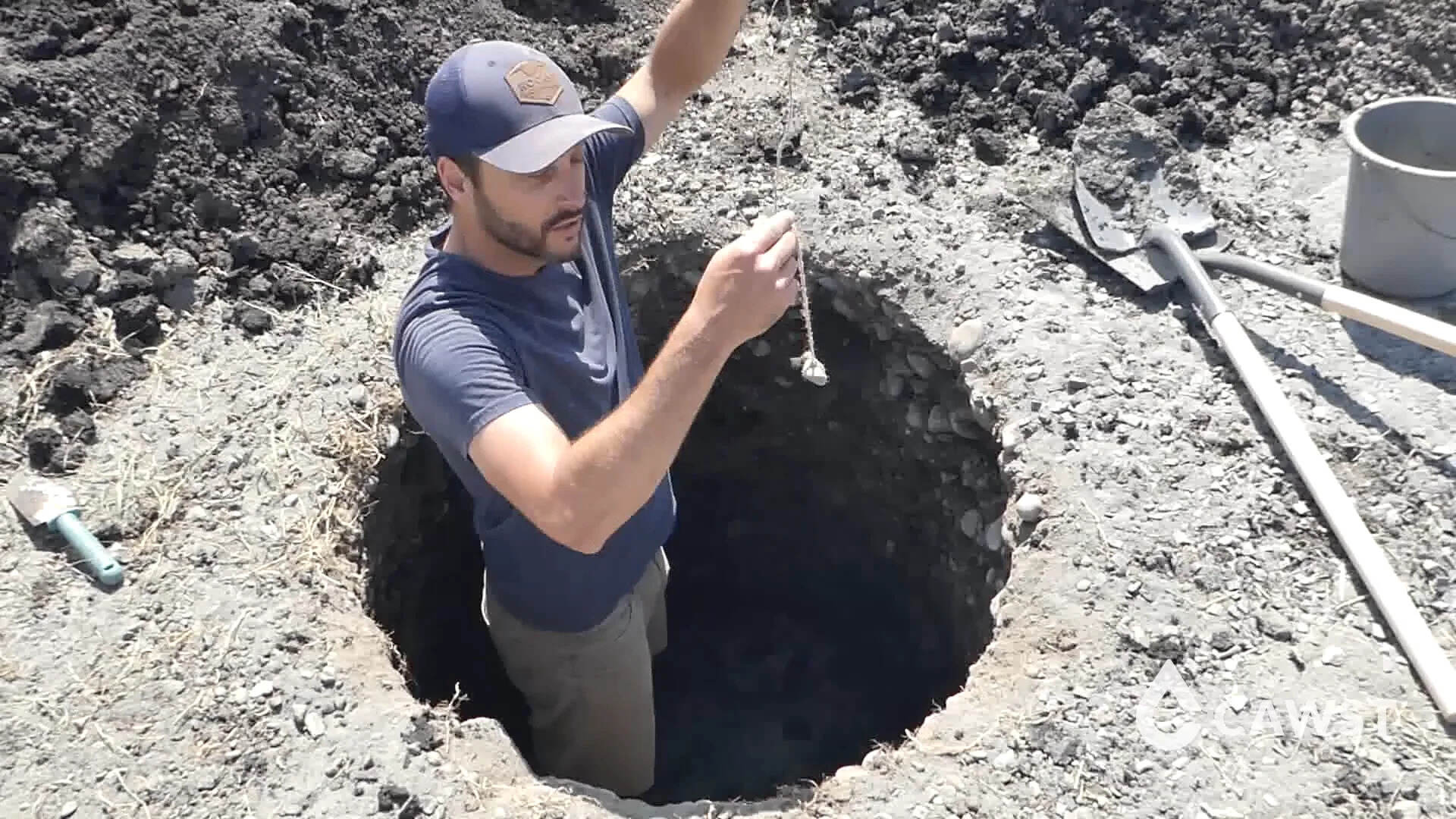

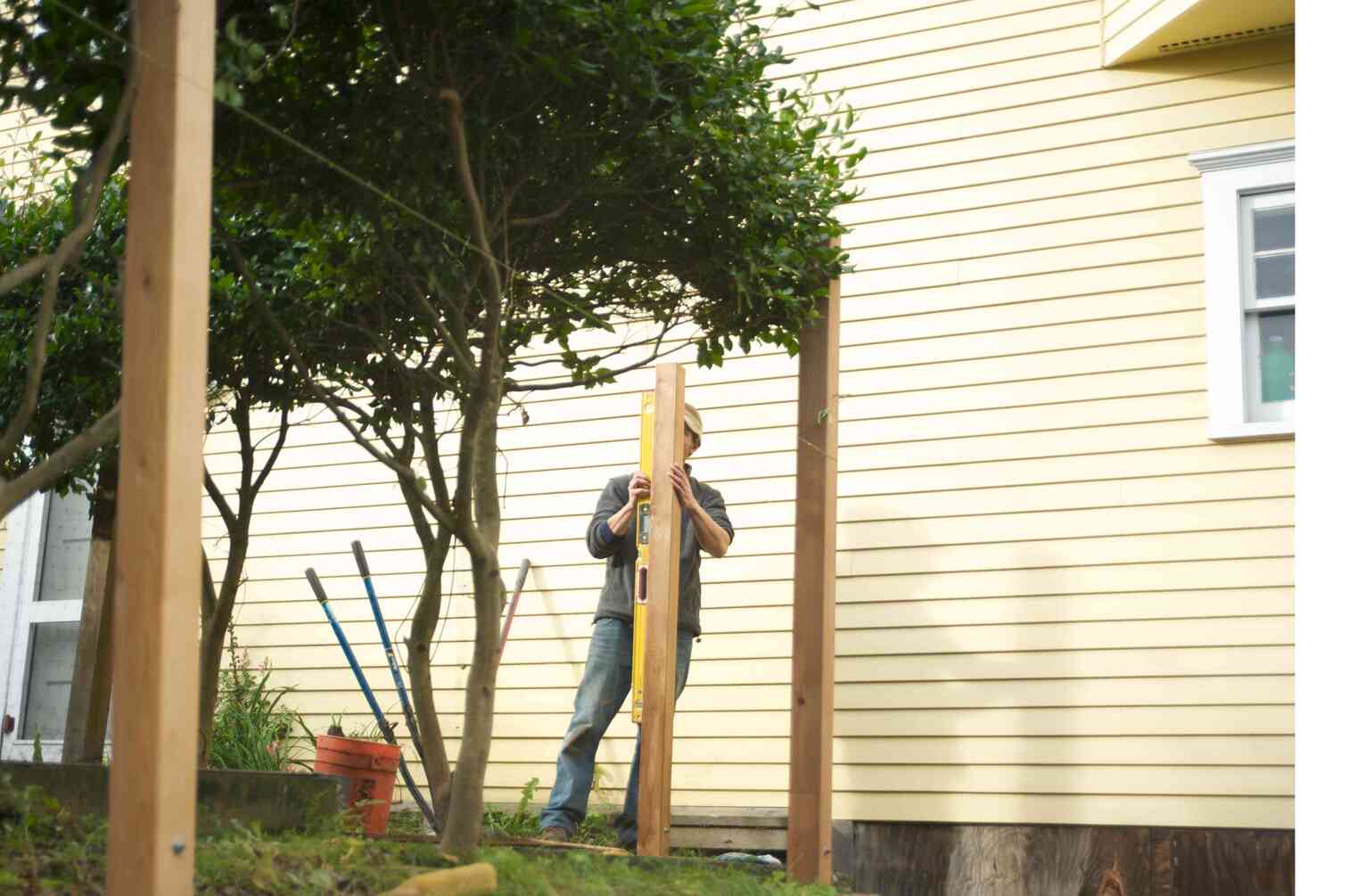
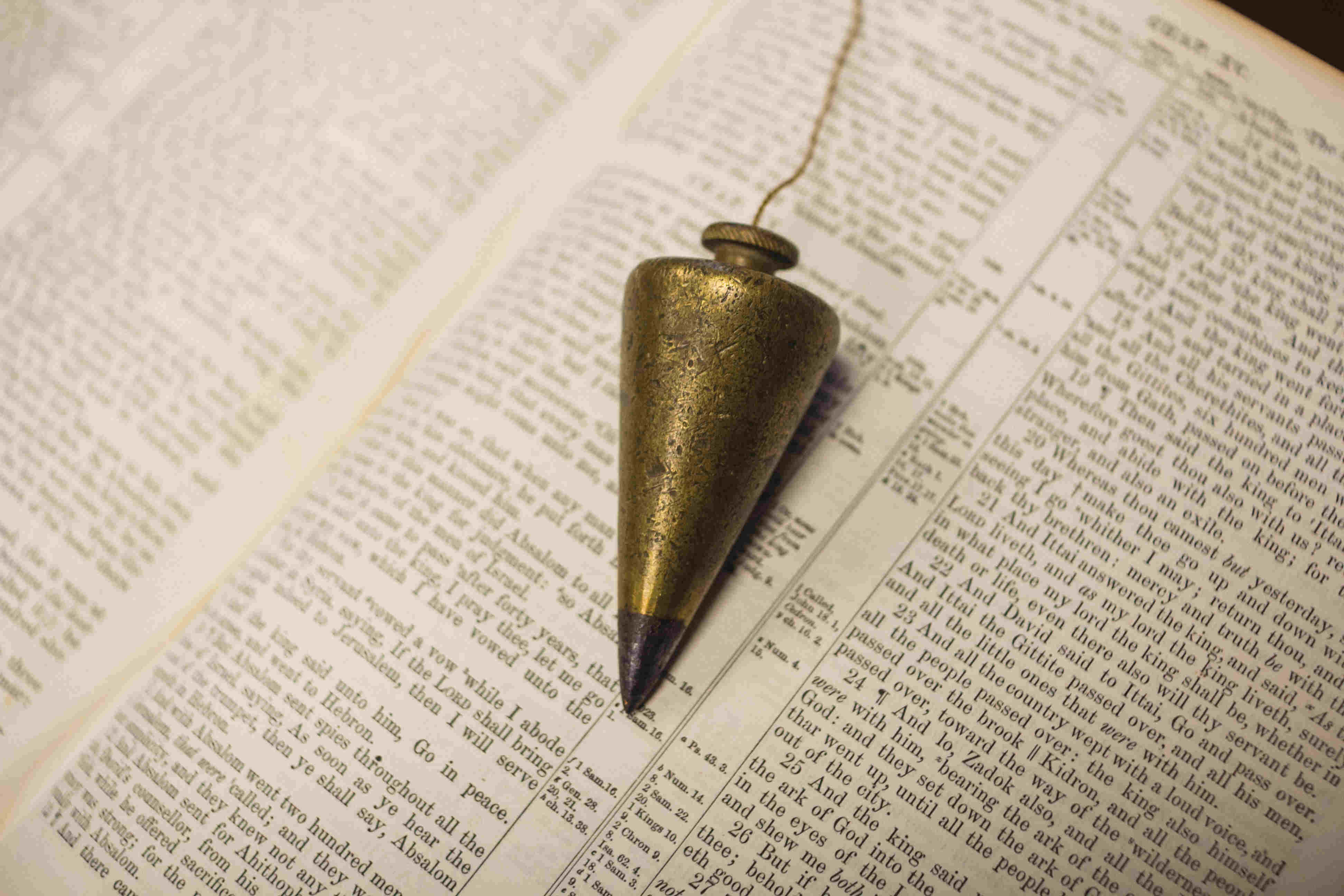

0 thoughts on “What Is A Plumb Bob In Construction”